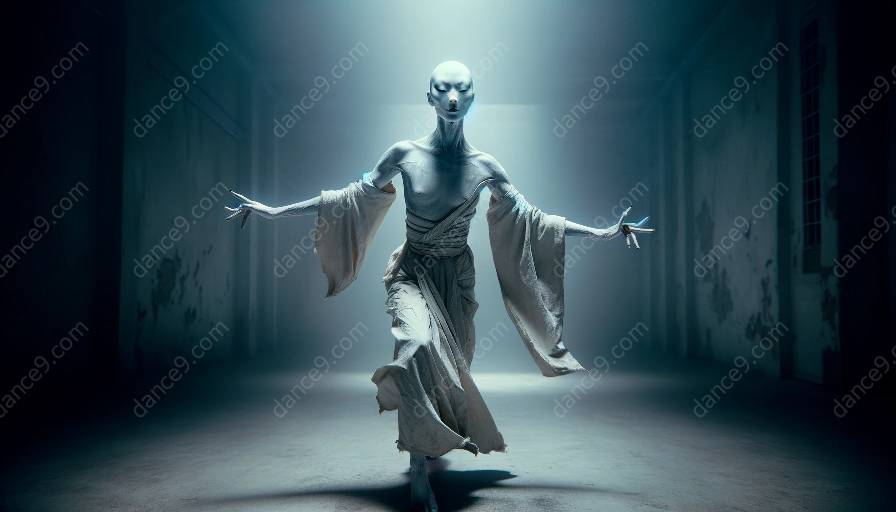Butoh dance is a unique and captivating form of contemporary dance that originated in Japan. It is characterized by its slow, controlled movements, expressive gestures, and deep connection to inner emotions. To fully understand the principles and philosophies that underpin Butoh dance, it is essential to delve into its history, cultural significance, and fundamental concepts.
History and Evolution of Butoh Dance
Butoh dance emerged in post-war Japan during the late 1950s, as a reaction to the socio-political climate and cultural shifts of that era. Influenced by a range of artistic, philosophical, and historical factors, Butoh was developed as a countercultural art form that broke away from traditional Japanese dance and embraced avant-garde, experimental techniques. Its founders, Tatsumi Hijikata and Kazuo Ohno, sought to create a dance form that embodied the raw, primal essence of human existence through unconventional movement and expression.
Philosophical Underpinnings of Butoh Dance
Butoh dance is deeply rooted in philosophical principles that emphasize the exploration of the subconscious, the juxtaposition of opposites, and the interplay between darkness and light. It draws inspiration from existentialist philosophy, Zen Buddhism, and a range of esoteric and mystical traditions. The central tenets of Butoh philosophy revolve around the acceptance of impermanence, the embrace of vulnerability, and the quest for authenticity and self-discovery.
Key Principles of Butoh Dance
The practice of Butoh dance is guided by several key principles that inform its choreography, movement vocabulary, and artistic expression. These include:
- Sankai Juku: The concept of Sankai Juku, or













































































